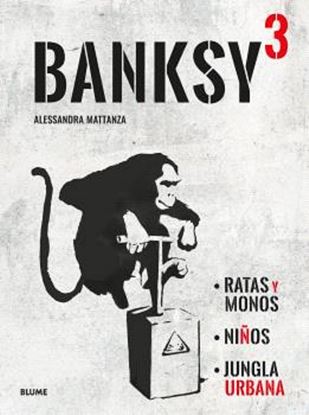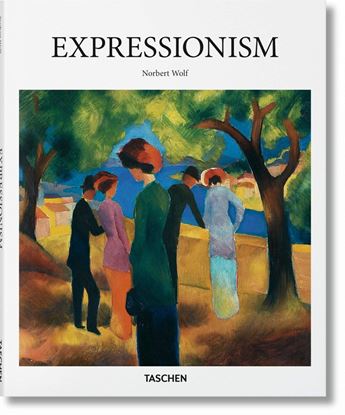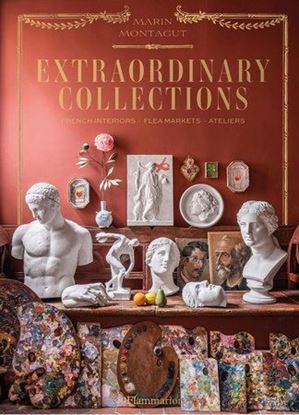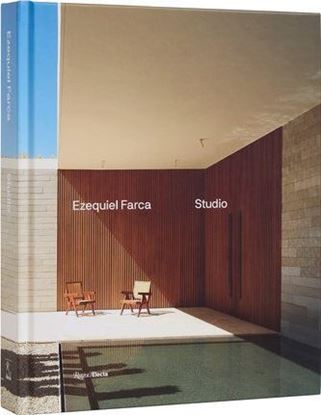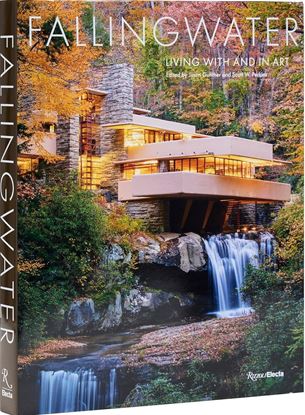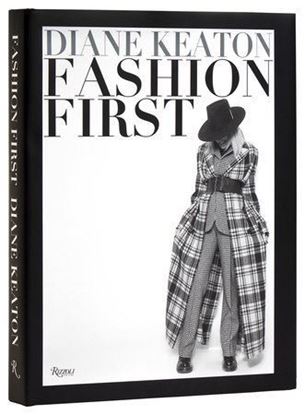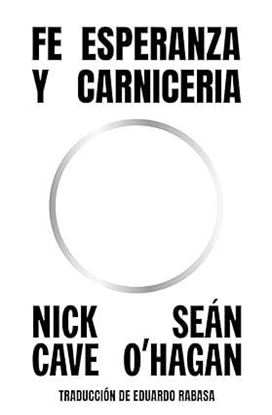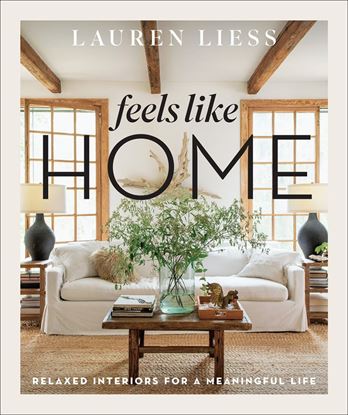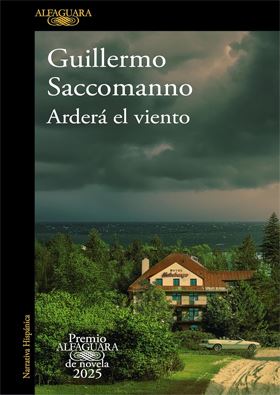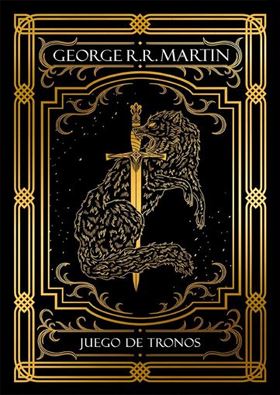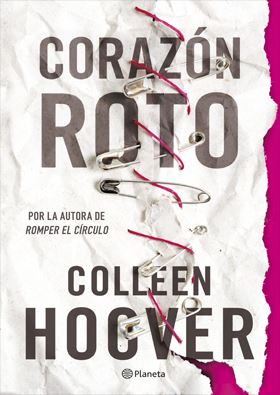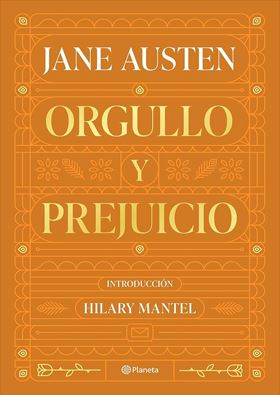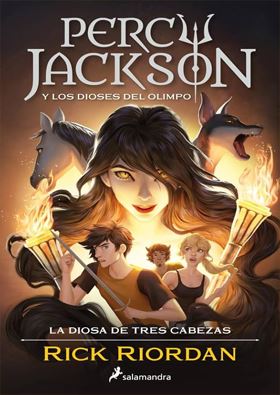

ESTUCHE BANKSY. RATAS Y MONOS, NIÑOS, JU
Anónimo, provocador, irreverente, esquivo, inconformista, comprometido. ¡Banksy elevado a la enésima potencia, para aquellos que no se cansan de su arte! * ¡El regalo perfecto para los amantes del street art que desean ver los temas que surgen cuando se observan varias obras juntas! * Un estuche con tres libros con tres de los temas con más fuerza del arte de Banksy. Banksy ha llevado el street art a todo el mundo; gracias a su atractivo global, su obra ha alcanzado valores astronómicos entre los coleccionistas de arte. Cada volumen de esta trilogía de la mano de la experta en street art, Alessandra Mattanza, destaca una faceta de la obra de Banksy, empezando por sus representaciones simbólicas de animales, seguidas por el uso de niños como poderosos protagonistas, y luego las numerosas obras que componen su “jungla urbana”, que representa a nuestra sociedad: de policías a inmigrantes, de prisioneros a personas sin hogar, para llegar incluso a la guerra en Ucrania. Un retrato en imágenes para reflexionar de un artista que, más que ningún otro, consigue reflejar el complejo y contradictorio mosaico que forma nuestra contemporaneidad.
1,400
EUGENE ATGET, PARIS (BU) (INT)
A flâneur and photographer at once, Eugène Atget (1857–1927) was obsessed with walking the streets. After trying his hand at painting and acting, the native of Libourne turned to photography and moved to Paris. He supplied studies for painters, architects, and stage designers, but became enraptured by what he called “documents” of the city and its environs. His scenes rarely included people, but rather the architecture, landscape, and artifacts that made up the societal and cultural stage.
1,650
EXPRESSIONISM (BASIC ART EDITION) GB
Sharp angles, strange forms, lurid colors, and distorted perspectives are classic hallmarks of Expressionism, the twentieth century movement that prioritized emotion over objective reality. Though particularly present in Germany and Austria, the movement’s approach flourished internationally and is today hailed as one of the most influential shifts in art history.
With leading groups Die Brücke (The Bridge) and Der Blaue Reiter (The Blue Rider), and key players such as Wassily Kandinsky, Egon Schiele, and Emil Nolde, the Expressionists disowned Impressionism, which they regarded as “man lowered to the position of a gramophone record of the outer world”, to depict instead a raw and visceral experience of life as it was felt, rather than seen on the surface. Their paintings brim with emotive force, conveyed in particular through intense and non-naturalistic color palettes, loose brushwork, and thick textures.
1,350
EXTRAORDINARY COLLECTIONS
French artist, designer, and talented antique hunter Marin Montagut celebrates the joy of collecting everything from textiles to barware to architectural details, taking readers inside a dozen private homes, flea markets, and unusual ateliers to discover the most whimsical treasure troves in France. From a film prop house’s array of leather sporting goods and playing cards to a travel buff’s vintage maps and globes, and from a sculpture studio’s Grecian plaster casts to an amateur designer’s spiral staircase models, and from Montagut’s own wonder wall assemblages to a cook’s haven filled with porcelain dessert molds and copper pots—objects, when presented together as a series, create unforgettable interiors that radiate charm. Inspiration comes in repetition: wooden zigzag rulers with engraved numbers aligned on a wall in a herringbone pattern create an artful space. The spare wooden forms of capipotes—devotional statues used in religious processions, their eyes turned heavenward in ecstasy—and silver ex-votos can be the point of departure for the theme of an entire room. Montagut’s mood boards for each chapter provide endless ideas for the home.
2,995
EZEQUIEL FARCA
Farca looks to the work of the late design icon Luis Barragán for inspiration, blending tradition with modernity. He focuses on the importance of collaborating with indigenous artisans who work in age-old Mexican crafts, to create environmentally sustainable, indoor/outdoor spaces and furniture with a palette of natural materials, translated through a contemporary luxury lens. This lavish volume features sixteen of his newly built private residences in Mexico and California that show off his spectacular designs for seamless indoor and outdoor living.
5,600
FALLINGWATER. LIVING WITH AND IN ART
Designed by Frank Lloyd Wright for Edgar Kaufmann Sr., his wife, Liliane Kaufmann, and their son, Edgar Kaufmann jr., Fallingwater is lauded for its architectural daring and drama. Here the Kaufmanns sought to live in harmony with the natural world. The rooms of the house reflect this ideal and remain suffused with a natural aesthetic that embraces stone and wood, handwork and craftsmanship. In the living room, the great stone floor flows riverlike toward the horizon of Wright–designed built-in sofas and large-paned casement windows, where views open to balconies, to forest, and to cascading falls. From here “the hatch” opens to the flowing stream below. Pools and the waters of Bear Run were beautiful and for swimming. Relaxed elegance was the order of the day. Delicacy, softness, tactility are everywhere in evidence.
3,995
FASHION FIRST
A fashion icon in her own right, Keaton amusingly revisits and reflects on some of her favorite and not-so-favorite fashion moments over the decades, from childhood homemade outfits to red carpet ensembles and street style experiments she tried from the 1960s until today.
Since she could remember, Keaton has been fascinated by clothing and style. As a little girl, she would pick out patterns and request that her mother make her custom outfits. This was the beginning of a love affair with clothes and looks, and sometimes, fashion. From the outset of her acting career in the 1970s, the legendary star has experimented and thought outside the lines of what a Hollywood icon should wear and still became lauded as a style icon by Vogue, W, The Hollywood Reporter, and countless fashion websites. Keaton’s style is at once timeless, experimental, bold, effortless, androgynous, quirky, and utterly and distinctly her own.
3,500
FE, ESPERANZA Y CARNICERIA
Este libro, creado a partir de más de cuarenta horas de conversaciones íntimas con el periodista Seán O’Hagan, es una exploración profundamente reflexiva, en palabras del propio Cave, de lo que realmente impulsa su vida y creatividad. En él, el músico habla de fe, arte, música, libertad, duelo y amor. Se sumerge con total franqueza en su vida, desde su infancia temprana hasta la actualidad, en sus amores, su ética del trabajo y la profunda transformación que ha sufrido su existencia en los últimos años. Fe, esperanza y carnicería es un estallido de esperanza e inspiración de un verdadero visionario.
1,500
FEELS LIKE HOME RELAXED INTERIORS
Explore the emotional connection that a home can have to a person’s life with Feels Like Home from Lauren Liess, the TV and social media star and author of Habitat and Down to Earth
A house is a feeling. That is the conceit behind designer Lauren Liess’s third book, which explores the emotional connection between the way we decorate our homes and our daily lives.
She advises readers to think beyond just the objects in their homes and explore how design informs an intentional, happy, and authentic life.
The book includes practical design information, with never-before-seen case studies on a variety of homes including a farmhouse, a home in the woods, a Spanish colonial, and other more traditional homes. Each case study explores a hardworking design aspect (such as proportion, scale, and color), while also focusing on the emotional aspect of the home.
With chapters inspired by the themes of comfort, calm, excitement, belonging, carefree, love, and contentment, Feels Like Home provides inspiration while also serving as a beautiful object itself.
2,995


